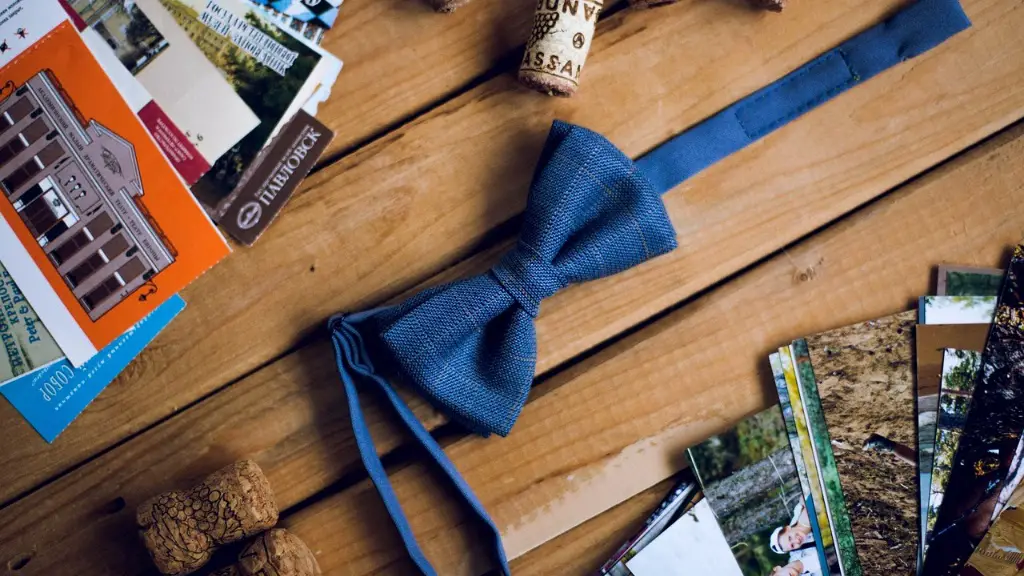Introduction
Do you have an antique Singer Sewing Machine that you hope to restore? Restoration of old Singer sewing machines is a great way to save a piece of history. With the right tools and knowledge, you can often restore an old Singer to its original specifications. In this article, we will look at the key steps to restoring an antique Singer Sewing Machine, from assessing the condition of the machine to sourcing the necessary parts. We will also discuss the tools needed, how to clean and lubricate the machine, and how to test it and make any necessary adjustments.
Step 1: Assessing the Condition of the Machine
Assessing the condition of your old Singer is one of the most important steps in the restoration process. Carefully inspect the machine for any damages, such as cracked parts, broken springs, loose screws or missing hinges. Make note of any issues and document any that require additional attention. It is also important to test the functionality of the machine, such as checking to see if the motor and electronic components still work, as this will impact how much restoration is required.
Step 2: Sourcing Parts
Depending on the condition of the Singer, you may need to source parts to restore it to its original specifications. If the machine has missing parts, you can often find them online, on eBay or at a sewing machine store. Be sure to purchase original parts that are compatible with your machine. Don’t be tempted to buy generic parts, as they may not fit as intended and could even cause further damage.
Step 3: Cleaning and Lubrication
Cleaning and lubricating the machine are the next steps in the restoration process. Thoroughly clean the exterior and interior of the machine using a damp cloth to remove any grime or dirt. Once the dirt and debris is removed, lubricate any moving parts with a light sewing machine oil. Proper lubrication is important for preventing further damage to the machine.
Step 4: Testing and Adjustments
Once the machine is cleaned and lubricated, it is time to test it. Power up the machine and make sure it functions as intended. If needed, adjust the tension and stitch settings, and test the machine again to ensure they are correct. If any further adjustments are needed, refer to the manual or consult a professional Singer technical specialist.
Step 5: Finishing Touches
To finish the restoration process, put the finishing touches on the machine. If the exterior of the Singer is rusty, you may want to consider sanding and polishing it. You can also restore any graphics on the machine or add any missing ornaments. Finally, make sure to test the machine one last time to ensure it is up to standard.
Legality
When restoring an old Singer, it is important to consider the legality of the machine. If your machine is more than a few years old, it is likely that it was made before the passage of some laws, such as the harmonization of safety standards. Unless you are a qualified technician, it is best to stay away from altering or modifying the machine. But, if you do decide to modify the machine, make sure to inform yourself about the applicable regulations and to consult a qualified technician.
Costs
It is important to have realistic expectations when it comes to restoring old Singer sewing machines. Although the immense satisfaction can be felt when returning a beloved machine to its full potential, it is important to consider the financial costs involved. Parts and labour can be expensive, so make sure you have a clear budget in mind before beginning the restoration process.
Care and Maintenance
Once you have completed the restoration of your old Singer, it is important to maintain the machine correctly to keep it functioning properly. Wipe down the exterior with a damp cloth on a regular basis and lubricate the moving parts every few months. Also, avoid leaving the machine in direct sunlight or storing it in a damp environment. Adhering to proper care and maintenance guidelines will keep your Singer in tip-top shape.
Conclusion
Restoring an old Singer sewing machine can be a rewarding experience. With the right tools and knowledge, you can return the machine to its original specifications. To do so successfully, assess the condition of the machine and source any missing parts. Clean and lubricate the machine and adjust the tension and stitch settings as necessary. Finish off the restoration process with the finishing touches and make sure to adhere to proper care and maintenance guidelines. With a little time and effort, you can restore your Singer back to its former glory.




